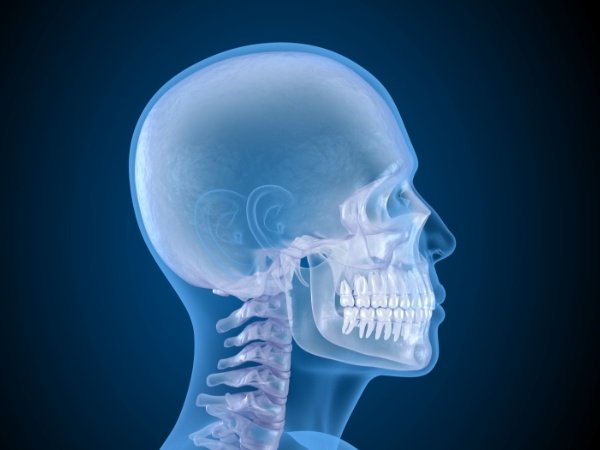Headache & Migraine Treatment – Brookfield, WI
Put a Stop to Chronic Head Pain
Headaches and migraines are extremely common, and most of the time, treatment will focus on the symptoms instead of identifying the underlying problem. As a result, the pain will keep coming back. Oftentimes, headaches can be caused by a disorder of the TMJ (temporomandibular joints); if that’s the case, Dr. Brunner will be able to help you address the true source of the pain with TMJ treatment for headaches and migraines in Brookfield, WI at the TMJ & Sleep Therapy Centre of Wisconsin.
Read the Related Medical Journal Article Here View More Patient Stories
Why Choose Elmbrook Family Dental for Headache & Migraine Treatment?
- Specially Trained, Board-Certified TMJ-Dentist On-Site
- Certified by the TMJ & Sleep Therapy Centre International
- Custom Treatment Plans That Deliver Long-lasting Relief
How Are Headaches and Migraines Connected to Your Jaw?

The vast majority of headaches are classified as primary headaches by the American Headache Society. This group includes tension headaches and migraines. While the pain may not seem like it’s connected to your jaw and mouth, the fact is that symptoms in one part of the body are often the result of a dysfunction in a connected area.
A TMJ disorder occurs when there’s an issue that causes tension in the system of muscles and nerves around the jaw joint. This tension can spread to the head, causing discomfort. While it can be difficult to distinguish a TMJ headache from a normal tension headache, you may notice additional symptoms such as tightness in your face and jaw muscles, facial pain, a clicking or popping sound when you speak or chew, restricted jaw movement, and a change in the way your top and bottom teeth fit together.
How Can We Help?

First, we need to identify the source of the TMJ disorder, which could have several different causes. In order to narrow down the true underlying cause, Dr. Brunner will use advanced tools such as a cone beam CT imaging system to thoroughly examine the jaw joint and the area around it. Another option is joint vibration analysis (JVA) to check the joint’s condition by analyzing its vibrations.
Once he has narrowed down the source of the disorder, he can create a treatment plan. For example, sometimes, the TMJ is suffering from some form of arthritis inflammation. Using an advanced MLS Cold Laser, Dr. Brunner can reduce the inflammation and relieve your pain without the use of steroids or medication. This treatment can typically be done in less than 10 minutes.
In other cases, the problem might be that your upper and lower jaws don’t come together correctly. This issue can be corrected with an occlusal splint that helps the jaw find a more comfortable resting position. The splint can also serve as protection against bruxism (grinding your teeth at night), which is also a common risk factor for a TMJ disorder.
Sometimes, TMJ pain might be related to Forward Head Posture, which is when the neck slants forward and the head is slightly in front of the shoulders. We can help identify such issues so that they can be appropriately treated.
